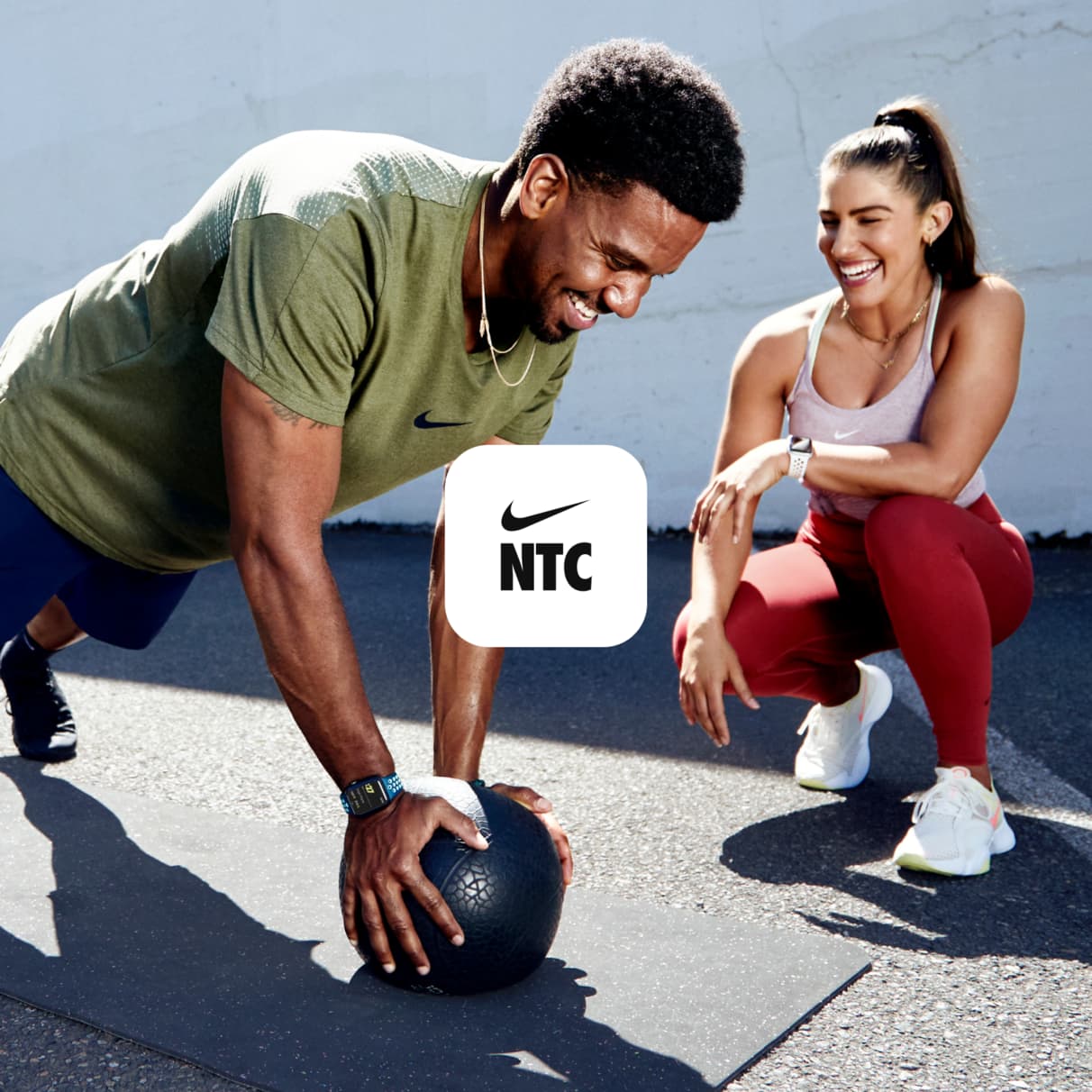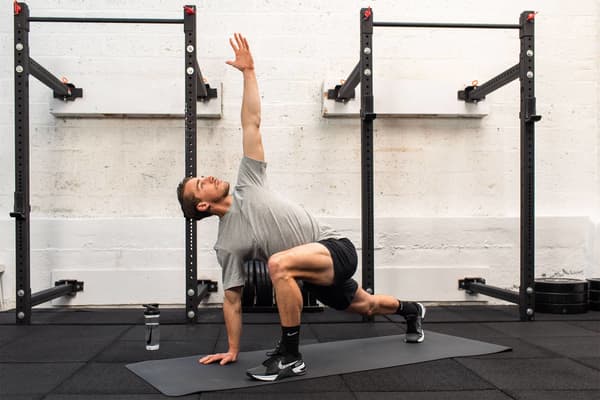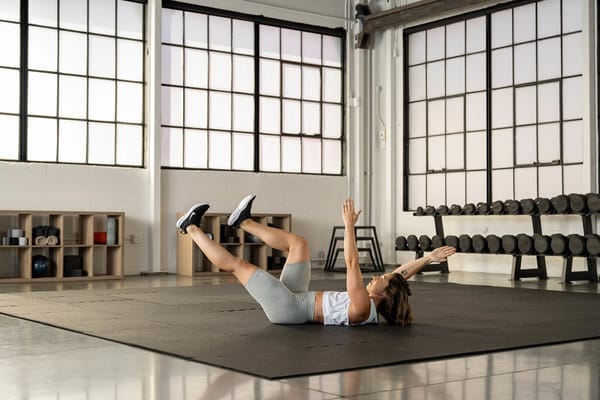The Benefits of Cardio vs. Strength Training
Sports & Activity
You don’t need to choose between the two.

You have choices when it comes to exercising, including whether to do cardio or strength training each time you lace up. The debate of cardio vs strength training has raged for years, making it hard to know which to choose and how often to have each in the mix.
Research has shown clear benefits of cardio and strength training, making each important in your workout arsenal. How much you do of each depends on your needs, as well as your goals.
Here, we break down the benefits of cardio vs strength training with the help of Nike Well Collective Coach Betina Gozo.
What is better: cardio or strength training?
Studies have shown the benefits of doing both cardio and strength training. One of cardio’s biggest draws is that it’s good for your heart and lungs, with research showing that people who regularly do cardio have a lower resting heart rate and good lung capacity. A workout routine that includes cardio also lowers your risk of developing type 2 diabetes and high blood pressure.
Strength training has perks, too. In addition to the obvious benefit of helping you get stronger, strength training builds lean muscle mass that can boost your metabolism. It can also limit bone loss as you age and lower your risk of developing obesity.
If you’re pressed for time, it’s understandable to want to get the most out of your workout. But Gozo says you don’t need to choose between cardio and strength training. The Physical Activity Guidelines for Americans recommends that adults get at least 150 minutes of moderate-intensity physical activity and two days of muscle-strengthening activity.
Ultimately, the right workout routine offers a mix of cardio and strength training, giving you the best of both worlds.
Is it OK to do cardio every day while strength training?
Gozo says it’s “absolutely” OK to do cardio every day while you’re strength training unless you’re training for a weightlifting competition or are completely fatigued from your lifting session. “The average person isn’t training hard enough to not be able to do cardio—if they want to—but it is certainly not required,” she says.
Gozo recommends getting in your strength training before your cardio workout. After that, gauge how you feel before incorporating cardio.

How much cardio vs strength training is recommended per week?
It’s difficult to give blanket recommendations, given that everyone is different. “I don’t ever believe in a one size fits all, but I do advocate for everyone to get at least some form of strength or resistance training at least three times a week for 20 to 30 minutes,” Gozo says. “Specifically, any sort of weight-bearing exercises that feel a level of seven or more out of 10—10 being the hardest.”
For cardio, Gozo says that “everyone should be moving more,” especially if you sit at a desk at work. “If you have a sedentary job, I recommend doing some form of cardio for an additional two or three days out of the week, in addition to your strength training,” Gozo says. “That could be as simple as a 30-minute walk outside.” However, if you want to lose weight, Gozo suggests aiming for four or five days of strength training with two or three days of cardio.
What are the benefits of combining both?
Adding both gives you a more well-rounded approach to wellness, addressing everything from metabolism to cardiovascular health. “Strength training is so you can feel strong to do all the things you need to do in life,” Gozo says. “Cardio is so that you can keep up with all the activities without feeling fatigued.”

What’s the best way to build a routine?
The right workout routine is one that you’ll follow. But Gozo recommends focusing on three different strength workouts—lower-, upper-, and total body-focused—with cardio in between.
That can include upper body pulls and lower body hinges, upper body hinges and lower body squats and lunges—staggering cardio in between. Here’s a sample HIIT workout from Gozo to get you started: Try a HIIT workout with circuits that include three rounds of three exercises for 30 seconds each, like high knee runs, drop squats and lateral shuffles. For a lower body-focused workout, do three rounds of 10 to 12 reps of Romanian deadlifts, goblet squats and lateral lunges. For the upper body, aim for three rounds of 10 to 12 reps of bent rows, chest presses, and curl to overhead presses.
Finally, for total body days, do three rounds of 10 to 12 reps of dumbbell low to highs, squats to overhead presses, and plank rows.

Frequently Asked Questions
What does research say about combining cardio and strength training?
Doing a mix of both types of exercise seems to be the most effective for living healthy—and longer. A study of more than 416,000 adults published in The British Journal of Sports Medicine in 2022 found that people who did a combination of cardio and strength training had a lower mortality risk than those who just did cardio. (However, there was a “substantial” lower mortality risk in people who did an hour a week of cardio.)
How can you know if you’re doing moderate-intensity physical activity?
The American College of Sports Medicine and the Centers for Disease Control and Prevention recommend that adults between the ages of 18 and 65 try to get at least 150 minutes of moderate-intensity cardiovascular exercise a week. That includes brisk walking, swimming, biking, running, and dancing. You’ll know when you’re at a moderate intensity when your heart rate is elevated, and you break a sweat, the CDC says. You should also be able to talk but not sing the words to your favorite song.
How many reps should I do for strength training?
Many factors go into this, but the CDC says you’ll get the most health benefits from strength training when you do reps to the point where it’s hard to do another without help. The CDC recommends starting with eight to 12 reps per activity, aiming to do those sets two or three times. By the way, this doesn’t just mean lifting weights—strength training can also include working with resistance bands, doing push-ups and sit-ups, and doing some forms of yoga.
This Nike gear can help support you during your cardio and strength-training workouts.
Words by Korin Miller





